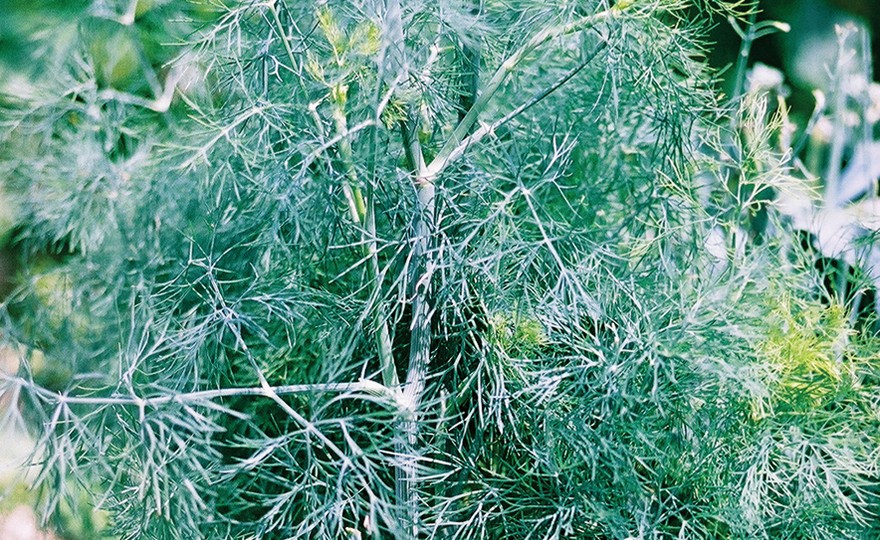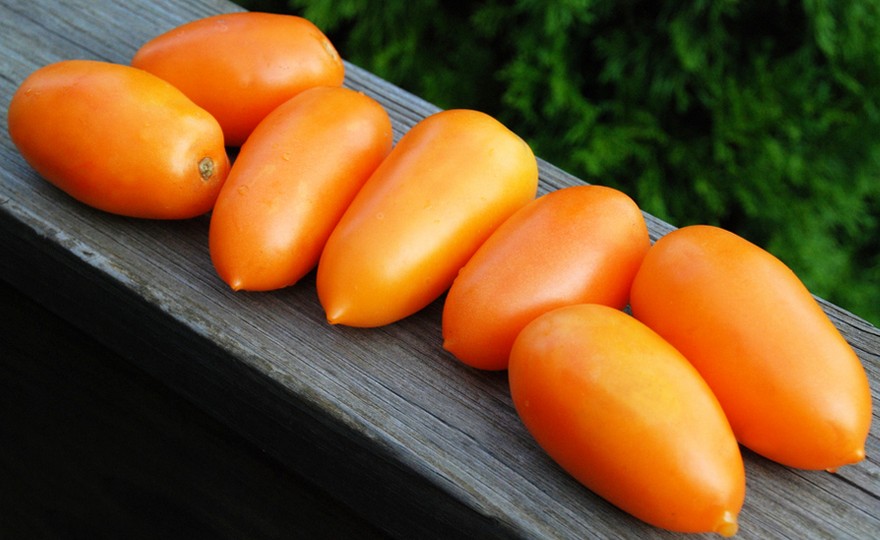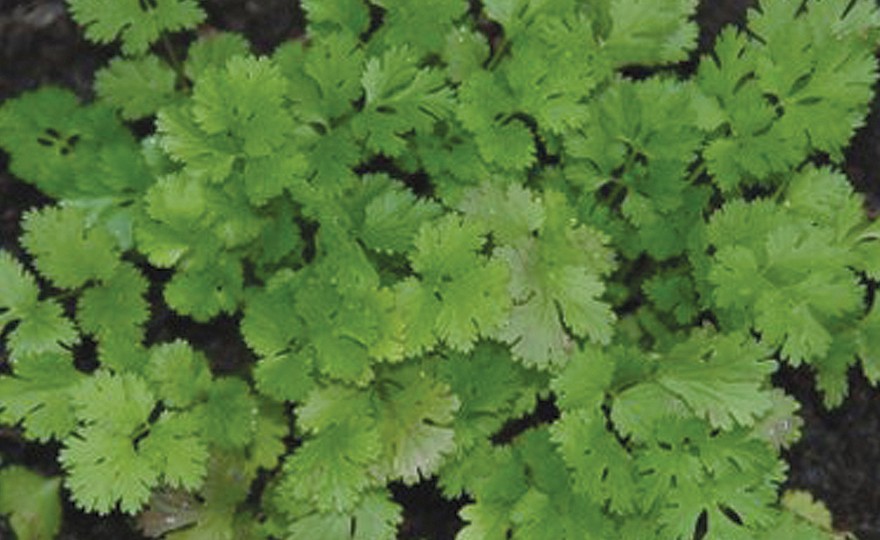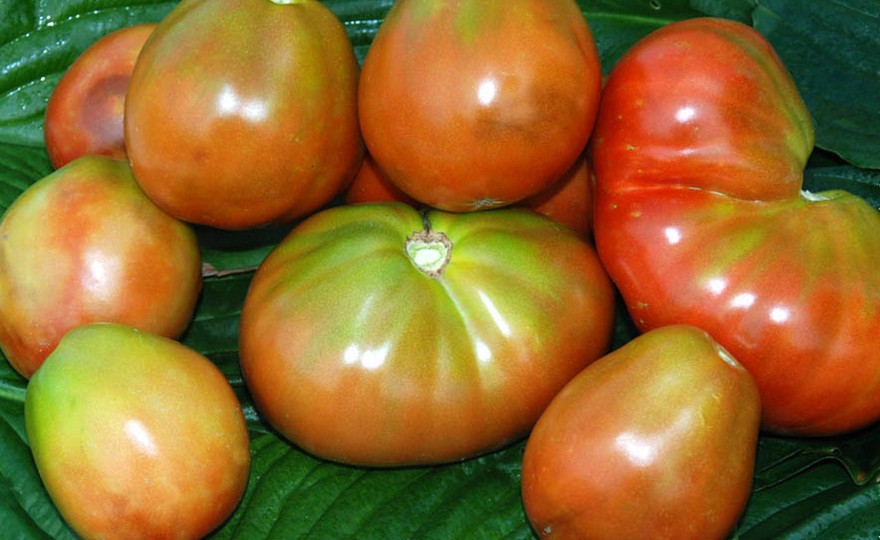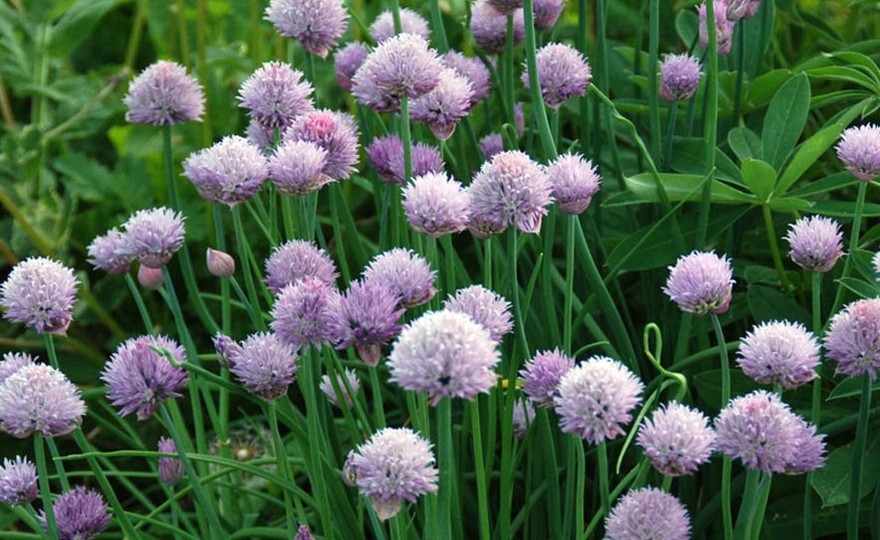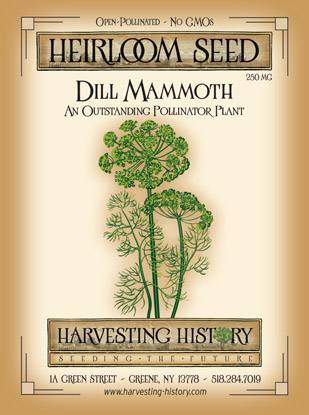
Herb, Dill Mammoth
-
- **SOLD OUT** HOLIDAY GIFTS **SOLD OUT**
- **SOLD OUT** Holiday Books **SOLD OUT**
- **SOLD OUT** Holiday Citrus **SOLD OUT**
- **SOLD OUT** Holiday Gift Certificates **SOLD OUT**
- **SOLD OUT** Holiday Paperwhites **SOLD OUT**
- **SOLD OUT** Holiday Praying Mantis Kits **SOLD OUT**
- **SOLD OUT** Holiday Tools **SOLD OUT**
- **SOLD OUT** Holiday Wildflower Mixtures **SOLD OUT**
- Citrus Trees
- **SOLD OUT** - Vegetable and Herb Plants - Mix & Match any 6 Plants for $50 - Only Shipped in Quantities of 6
- Elephant Ear Plants & Roots
- **SOLD OUT** 4-Inch Pot Herb Plants **SOLD OUT**
- Rare Plants
- **SOLD OUT** Vining Plants **SOLD OUT**
- Asian Seeds
- Beneficial Bugs
- Books
- Citrus Fertilizers
- Cold-Treated Bulbs - SEE BULBS FOR FALL PLANTING TO ORDER
- Cold-Treated Allium
- Cold-Treated Chionodoxa
- Cold-Treated Crocus
- Cold-Treated Hyacinthoides
- Cold-Treated Hyacinthus Orientalis
- Cold-Treated Narcissus
- Cold-Treated Cyclamineus Narcissus
- Cold-Treated Double Heirloom Narcissus
- Cold-Treated Jonquilla Narcissus
- Cold-Treated Large Cupped Narcissus
- Cold-Treated Poeticus Narcissus
- Cold-Treated Small Cupped Narcissus
- Cold-Treated Species Miniature Narcissus
- Cold-Treated Split Cupped Narcissus
- Cold-Treated Tazetta Narcissus
- Cold-Treated Triandus Narcissus
- Cold-Treated Trumpet Daffodils
- Cold-Treated Ornithogalum
- Cold-Treated Rock Garden Iris
- Cold-Treated Scilla
- Cold-Treated Tulips
- Cold-Treated Emperor Tulips
- Cold-Treated Fringed Tulips
- Cold-Treated Green or Viridiflora Tulips
- Cold-Treated Lily Flowering Tulips
- Cold-Treated Parrot Tulips
- Cold-Treated Peony Flowering Tulips
- Cold-Treated Single Early Tulips
- Cold-Treated Single Late Tulips
- Cold-Treated Species Tulips
- Cold-Treated Triumph Tulips
- Flower Bulbs, Corms and Tubers
- Bulbs for Spring Planting
- Bulbs for Fall Planting - ALL BULBS AVAILABLE ARE COLD TREATED FOR PLANTING AS SOON AS SOIL CAN BE WORKED
- Fall Blooming Bulbs
- Garden Tools & Equipment
- Gift Certificates
- HHH Exclusive Wildflower Mixtures
- Wildflower Mixtures
- Heirloom Garlic
- Potatoes
- Roots & Sets
- Seeds
- Flowers
- Herbs
- Vegetables
- **SOLD OUT** HOLIDAY GIFTS **SOLD OUT**
-
- No products to compare
-
74 in stock
Quick Overview
HERB, Dill Mammoth –
Anethum graveolens
FULL SUN Native to the Mediterranean and southern Russia, Dill has been cultivated for thousands of years. It is one of the first herbs brought to the US by European colonists in the 1600s. The leaves, fresh or dried, and the seeds are all edible. Primary use today is as a pickling spice, but it is also used as a flavoring agent with fish dishes and in sauces and dressings. Dill Mammoth is the largest of the Dill varieties often reaching a height of 30 in. Plant early in the spring as soon as the danger of frost has passed and in mid summer for a fall crop. Rows should be 12 in. apart. When seedlings are 2 in. high, thin, leaving 6 in. between plants. Harvest throughout the season by cutting leaves off the plants, aggressively. For Dill seed, cut the flowerhead stems leaving enough room to bundle the stems. Dry in a dark, dry space. Keep a tray underneath the bundles to catch seeds.
| Type | Spacing | Planting Depth | Days to Germination | Maturity |
| Annual | 6 in. | 1/2 in. | 14-21 | 75 |

Herb, Dill Mammoth
One of the best known, most widely used and greatly beloved herbs of all time, dill has been a part of vegetable and herb gardens since the beginning of gardening. The fresh, fragrant branches of the dill plant have crowned heroes heads and lovely maidens and in Victorian times were a clear indication of lust.
The name comes from the Norse word, dilla, meaning ‘to lull’ because the fresh leaves when eaten or the seeds when chewed can act as a mild sedative. Dill has also been known to relieve flatulence and to stimulate milk in nursing mothers.
Today, the dill seed’s most frequent culinary use is as a pickling spice. Fresh dill leaves enhance the flavor of fish, especially salmon, lamb, pork, poultry, pork, poultry, cheese, eggs, cabbage, parsnip, eggplant, turnips and apples.
Dill is also a much respected companion plant. It is known to enhance the growth of cabbages, onions and lettuce and when planted on the perimeter of the vegetable garden attracts a number of different pollinators including bees and butterflies.

